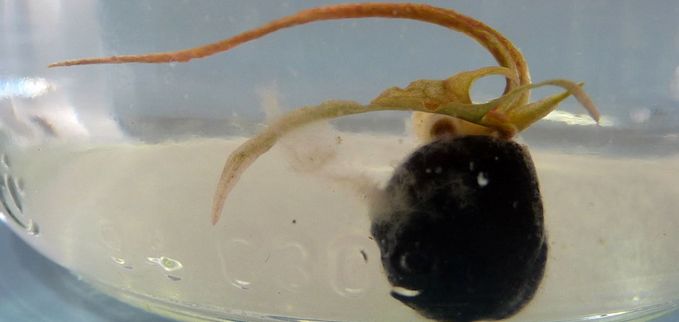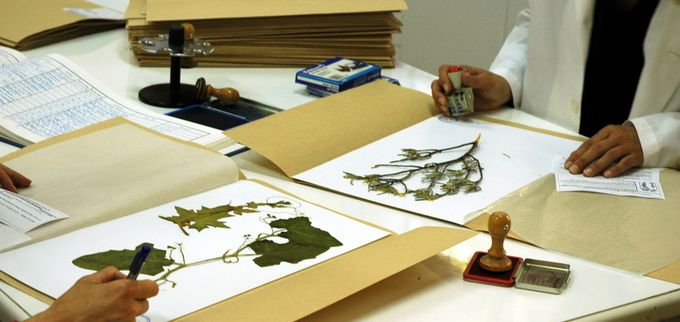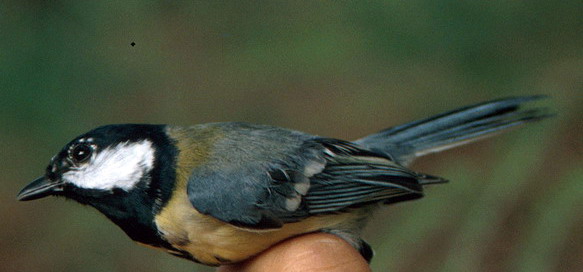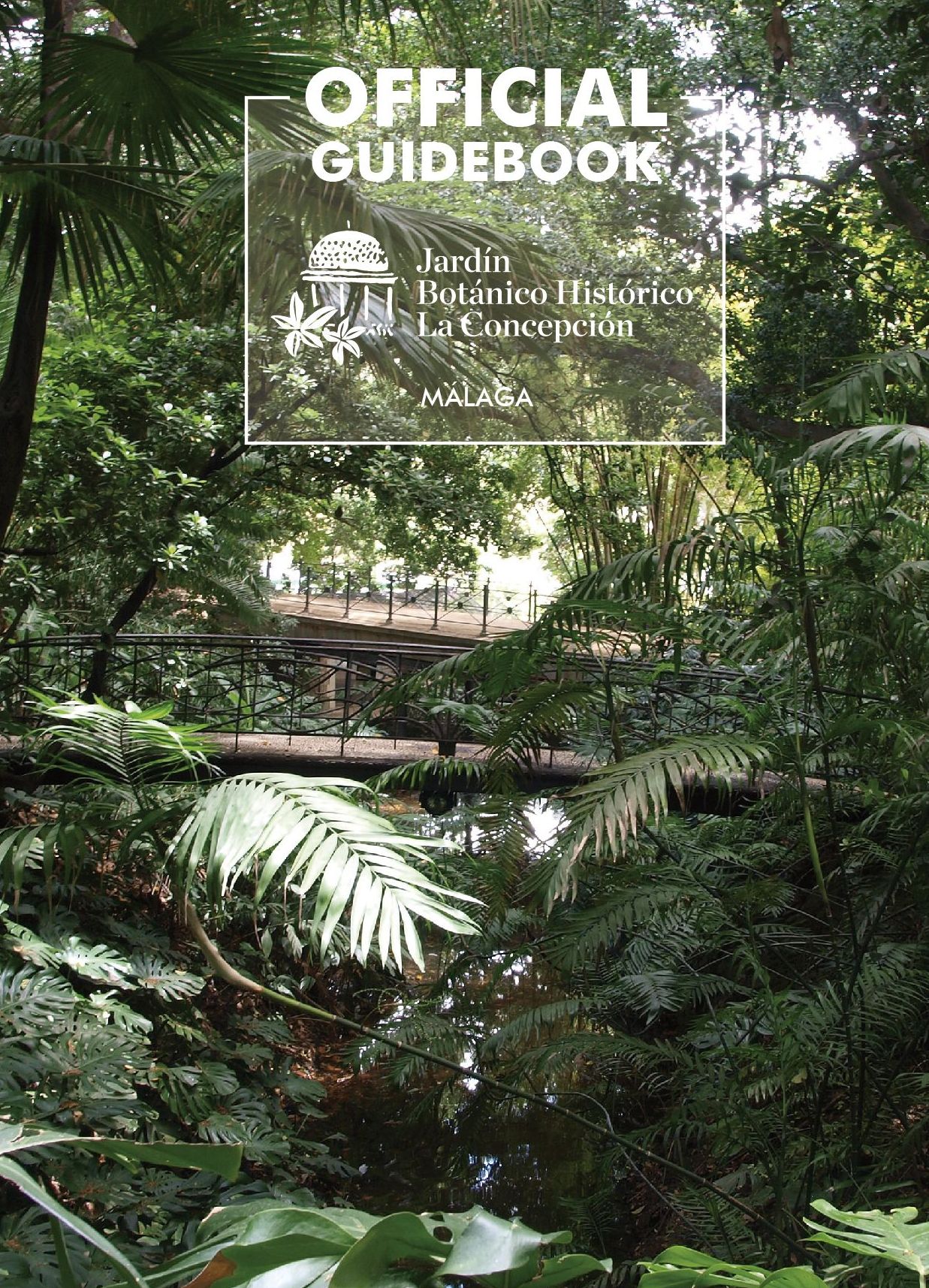1. Acclimatisation studies of warm-climate species
This involves the germination and adaptation of plants acquired from all over the world through the Index Seminum (seed catalogues from other scientific institutions) which we feel will improve the botanical heritage of both La Concepcion itself and the city of Malaga. This in turn will increase plant diversity and improve the quality of life of the local population.
Our aims are as follows:
1.1- To create new plant collections and raise the overall number of species.
1.2- To increase plant diversity in the city.
1.3- To embellish existing landscaped public spaces.
1.4- To highlight the city's remarkable flora, the only one of its kind in Europe, and devise a plan to raise its profile.
2. Research into 19th-century flora and gardens
19th-century Malaga has already been the subject of numerous studies and research projects due to the fact that communications, infrastructure and services all flourished in the city during the period in question, increasing its economic, political and social importance in the process. As a result, numerous parks, gardens, squares, avenues and landscaped streets, both private and public, began to appear, significantly improving both the appearance of the city itself and the quality of life of those who lived in it. This key period marked the birth of the unique flora and magnificent gardens that are the object of our studies today.
Our aims are as follows:
2.1- To gain a keener insight into 19th-century Malaga in terms of its parks, gardens, decorative flora and botanical ambitions, as well as the role played by society in their development.
2.2- To provide a useful knowledge base that will help us to establish conservation criteria for today's gardens, particularly La Concepcion.
2.3- To raise awareness of La Concepcion's remarkable history and also of the flowers and gardens that adorned the city of Malaga in the 19th century.
3. Conservation Biology
In the face of growing environmental problems and the loss of biodiversity, governments are developing a series of initiatives on an international scale in order to join forces and find solutions. A notable example is the Global Strategy for Plant Conservation (GSPC), which encourages the ex situ cultivation and conservation in Spain's botanical gardens of those endemic species under greatest threat of extinction, either in their respective seed banks or as living collections.
There are three mains aims:
3.1- To develop germination and cultivation protocols for Spanish flora's most endangered species.
3.2- To ascertain the best stage of the species' development in which to plant it successfully in its natural habitat.
3.3- To exhibit a sample of those species selected in the collections on display at La Concepcion, and to develop a strategy to raise public awareness of threatened plants in order to create a social conscience regarding the growing problem of loss of biodiversity.
4. The herbarium
Any botanical research project that is undertaken must be properly documented, with the plants collected for study being dried and mounted on sheets, enabling scholars to observe them whatever the time of year.
Since 1998, La Concepcion has been a member of the Association of Spanish and Portuguese Herbaria, with which it has collaborated in projects such as Exsiccata, a scientific publication through which herbarium sheets can be exchanged between different institutions.
5. The seed bank
Seeds, pollen and other propagules can be conserved by keeping them in controlled microclimatic conditions, prolonging their viability by a number of years. Such biological collections are known as seed banks, or alternatively as gene or germplasm banks. The aim of these banks is to protect interesting, rare, threatened or endangered species, as well as supplying researchers and scholars with living material that would otherwise be difficult to obtain and, above all, providing optimal maintenance conditions for seeds which, without such a storage system, would eventually die as a result of progressive poisoning caused by the products of their own metabolism.
The seed bank at La Concepcion publishes an annual journal or catalogue facilitating the exchange of seeds that is sent to 500 botanical gardens and scientific institutions all over the world.
The aims of the bank are:
5.1- To conserve seeds from tropical and subtropical climates for use in our garden.
5.2- To conserve the seeds of threatened and endangered species for future planting in natural environments.
5.3- To acquire plant materials that are difficult to obtain and can be used to undertake germination and acclimatisation studies of exotic species that are of interest in terms of both enriching the Historical Garden and populating any future living collections that may be created with a view to ultimately planting these new species in Malaga's public gardens.







